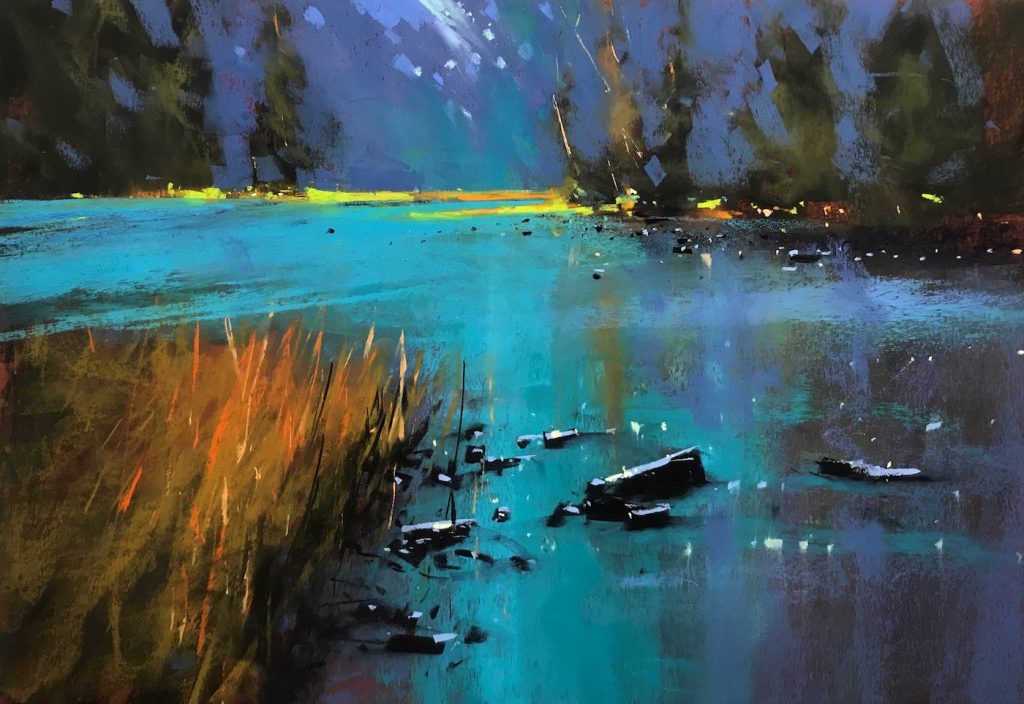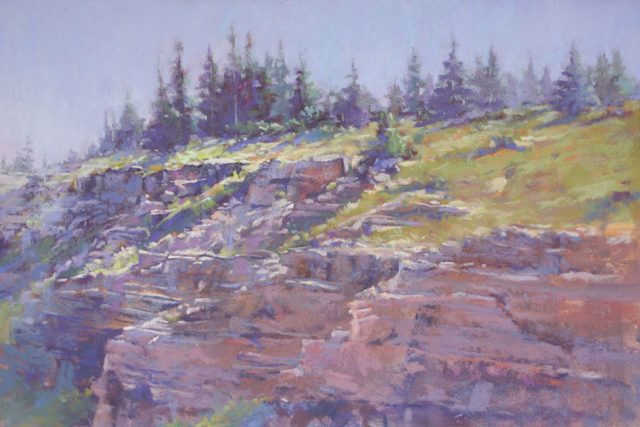Pastel artists use soft drawing sticks that are dipped in water to produce a dense mark. Although many people associate pastels with professional artists, amateurs can also use this medium to create beautiful works of art. Learn how to use pastels in your art projects today. Then, check out our guide for beginners. This guide will walk you through the process of painting or sketching with pastels. Here are some benefits of pastels. The following information will help you choose the best medium for your project.
Pastels are a soft drawing stick
Soft pastels are a popular art medium used by amateur and professional artists alike. There are different types of soft pastels, including beginner, studio, and artist-grade sets. Artist-grade pastels have a greater pigment density than their lower-quality counterparts and provide a richer, more vibrant finish. Beginners should consider purchasing a beginner-level set before expanding their palette. Here are some tips for choosing the best soft pastels.
They are dipped into water to create a denser mark
The stick-like pigment and gum tragacanth binder of a pastel is applied to textured paper with a soft implement. The loosely layered pastel particles are easy to blend with a soft implement. Artists can also dip their pastels into water to make a denser mark. After creating a mark, pastel drawings can be fixed with a thin layer of adhesive.
They are a painting or sketching medium

The term “pastel” can refer to a variety of art mediums. This particular painting medium consists of powdered pigment bound in a binder. Unlike oils or watercolour paints, pastels do not require drying time and are therefore very flexible and versatile. They also provide a velvety surface that allows artists to achieve incredible color intensity. Unlike other painting and sketching mediums, pastels are composed of three main components: pure powdered pigment, a binder, and a binder. These three components are remarkably similar to each other and provide the closest result to that of natural pigments.
They can be used by amateurs
Pastels have a lot of myths attached to them, from their fragile state to their fading colours. Pastels are also not ideal for fine detail, but they are a great way to get started with art. Many children use pastels as their first introduction to art. Fortunately, today’s pastel supplies are far more accessible than they were in the past. There are many brands to choose from and a variety of colors and textures. There are soft pastels and hard pastels, including the ultra-hard Nu-Pastels.
They require a man
Pastel artists do not need a man, only paper and pastels. The medium dates back to the 15th century, and many of the first artists used pastels, including Leonardo da Vinci, in his records. Pastel paintings became popular in France, and some artists were even using them as a medium for study. Luckily for us, the medium was well-loved by the gentry in the 18th century.
